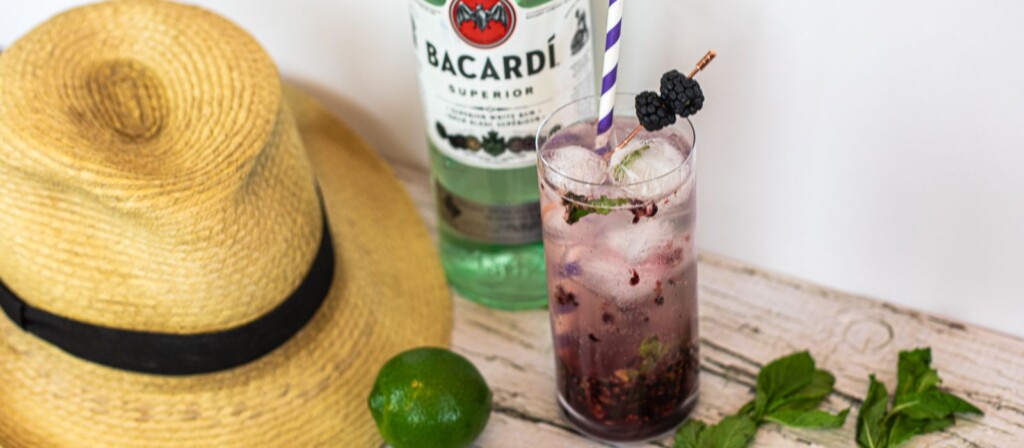Disclosure of Material Connection: Some of the links in the post above are "affiliate links." This means if you click on the link and purchase the item, I will receive an affiliate commission. Regardless, I only recommend products or services I use personally and believe will add value to my readers. I am disclosing this in accordance with the Federal Trade Commission's 16 CFR, Part 255: "Guides Concerning the Use of Endorsements and Testimonials in Advertising."
India is a large and versatile nation with much to offer. Lovely food, exciting culture and a tropical, scenic nature. Colorful pictures of both rustic countryside as well as spice markets, busy streets, lovely architecture and lively, whimsical urban environments most likely pop up on our inward eye when India leaps to mind. If you’re looking to pair your favorite Indian food dishes, we’ve got the best wine for Indian food for you to try!
Winemaking in India: The Best Wine for Indian Food
India is, however, not very famous for its wines. At least not to the general public. India is to most not considered a wine producing country at all in the traditional sense. And sure, a large portion of India is not ideal for viticulture. But some areas have suitable climate and soil and to help the grape growing conditions many of these wine regions are situated on an altitude between 200-1000 meters above sea level.
Interestingly, India does indeed have a lengthy wine history of grape growing and winemaking that actually trace back all the way to the Bronze Age. The practice was brought to India by Persian traders in 1300 AD and was particularly widespread during the British rule during the 19th century. As a matter of fact India has been producing wine more or less up until the beginning of the 20th century when, unfortunately, the plague of the infamous phylloxera louse pretty much wiped out all the vineyards and eventually the whole practice of producing wine. Also at this time public and religious opinion moved the country towards the prohibition.
Related: Wine goes best with friends, but did you know it also goes great in a sippy cup?
A Resurgence in Indian Wine Production
In the 1980s, however, wine production had a revival and returned to India. But due to heavy taxes on imported wine(150%) the majority of the domestic wines are understandably consumed within the country. Only 24 million bottles are made per year and about as little as 10 % is exported. The main grapes grown are Shiraz, Cabernet Sauvignon, Merlot, Pinot Noir, Sauvignon Blanc, Chenin Blanc and Chardonnay. The two most essential wine growing areas are Nashik and Nandi Hill. Grover Zampa in the latter is considered one of the finest wineries and has a french wine consultant- Michel Rolland. In total India has about 70 producers, 29 of them are located in Nashik– Indias ”wine capital” of sorts. Many wineries here are popular tourist attractions like Sula, Vallonne and Chandon India.
A curiosity is that Chandon since 2013 is producing sparkling wine on Indian soil; One Brut made from Chenin Blanc and another, rosé, made from Syrah and Zinfandel. The varieties were carefully selected with regard to the climate and soil in Nashik. This in order to find the most adequate grape varieties to produce great base wines.
So the modern India’s wine market is small but growing. Slowly. The consumption of beer and hard liquor is still widely preferred.
Indian Food
”Indian food” is an incredibly wide concept. With a broad range of rich flavors and fresh ingredients the Indian cuisine calls for some thought in pairing with wine. Many times simple dishes like chicken and rice are jazzed up with regional choices of spices from the broad selection of different kinds that are so readily available throughout India. Some of these are quite hot, many are aromatic and pungent and the result is an extreme versatility in flavoring that is so typical for this colorful country’s cuisine. The flavors in the Indian kitchen are seemingly endless. Mint, coconut, cilantro, ginger, garlic, chili, turmeric, cumin, coriander, cinnamon, curry….are just some of the intriguing flavors found here.
Best Wine for Indian food
It is very hard to say what is the best wine for Indian food since the Indian ”menu” is so painstakingly varied and sprawling. To find a good wine matching is certainly a bit of a challenge. Often times a traditional ”lassi” is perfect for a classical meal in India instead of wine or beer. ‘Lassi’ is yoghurt and fresh fruit, sometimes mangoes. But I will anyway try to give you some pointers on the most suitable styles of wine, for Indian food.
For example. Fresh, balanced acidity and prominent fruitiness in the white wines can work well and go with many traditional dishes- both vegetarian and fish, chicken or lamb. The fruitiness and freshness cuts through the many flavors. I have experimented with South African Chenin Blanc with among other dishes curried lamb and grilled chicken with cilantro and green chilies. Splendid! Other varieties to try is Pinot Blanc, Semillon or Riesling. They all deliver nice pairing options in this instance.
Some sweetness in the wine to round off the spice when on the hot side of the spectrum is a good help. An off-dry white wine with spicy Indian fish, chicken, vegetarian dishes is a great choice but you can even get away with dishes even from veal or lamb. German Riesling is the sure thing but also Australia, South Africa and USA produces great alternatives to off-dry Riesling wines.
Compliment the Flavors of Indian Food With the Right Wine
Mirroring the dish with a spicy style of wine is also a great approach. Gewurztraminer for example is a grape variety that has an attractive spiciness to it and also, conveniently, a natural low acidity (Indian food often lack acidity as well). Gewurztraminer wines are being produced in a style were they display some residual sugar. Find the perfect wine to pair and compliment vibrant Indian food flavors.
If the wine of your choice is red, exclude as much oak, acidity and tannins as possible. Pick a light, soft, silky red packed with juicy berries and fruitiness instead. I must emphasize. Do hold the tannins. These really clash with hot food. Go for a Pinot Noir or an aged Tempranillo for example.
If you can’t stand light red wines or just really want a red wine with some body and roughness, remember to add fat and salt to the food. This helps the combo a lot and takes the edge of the bitter tannins otherwise enhanced by the hot spice. Also pick a full bodied wine with soft tannins and gentle acidity. A suitable suggestion would be a Primitivo, Zinfandel, US Cabernet Sauvignon or perhaps a flirty Italian Nero d’Avola. I have even tried a Australian, soft and juicy Shiraz with Tandoor Lamb marinated in ginger and garlic paste that workt very well.
Another tip. Don’t go for red wines in the higher price brackets when it comes to these a tad complicated pairings as they always offer more acidity, tannins and general complexity. These are all desirable treats in wine most of the time but not the best for tricky pairings with red wine and Indian food.







